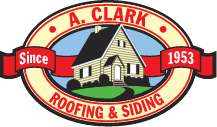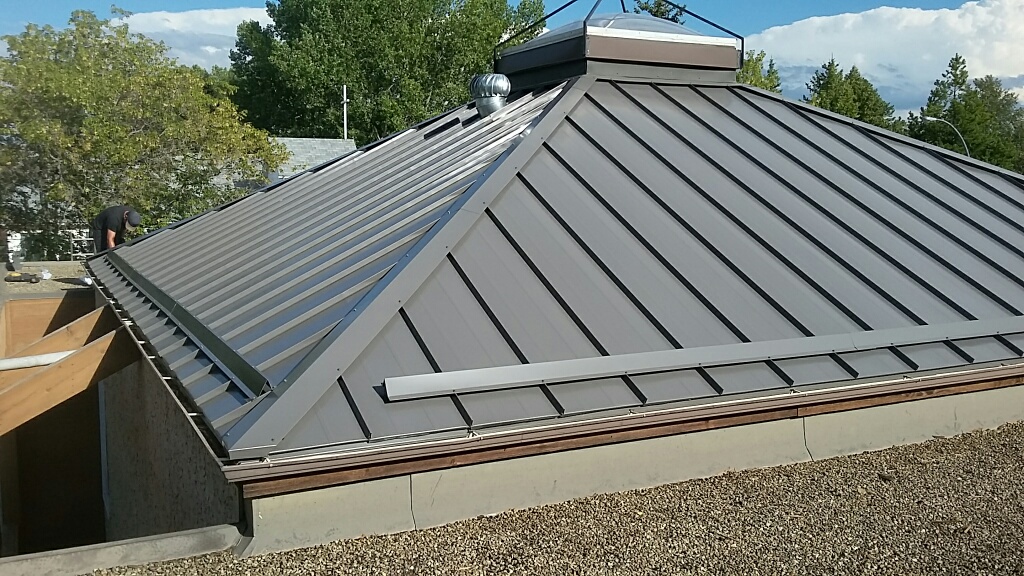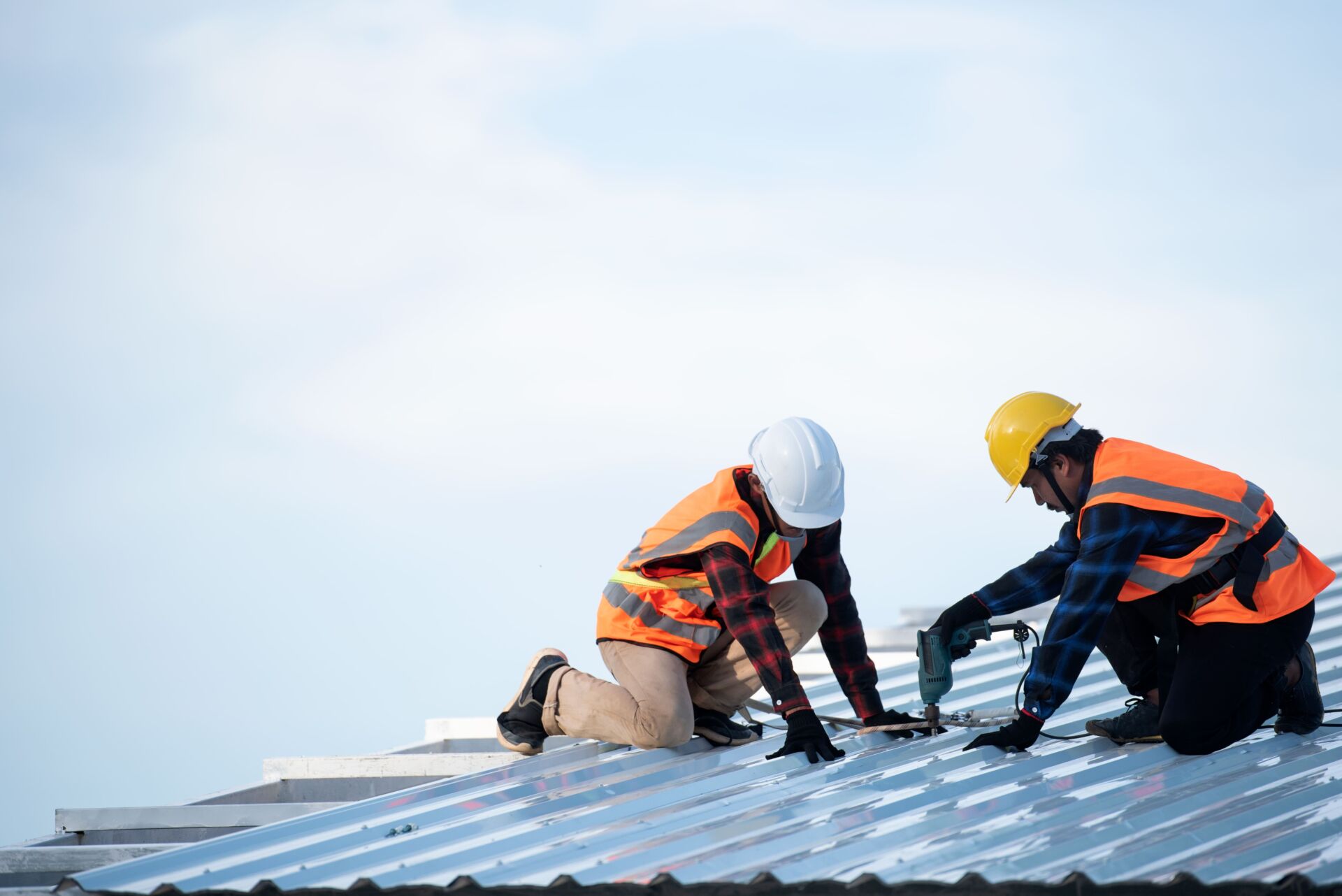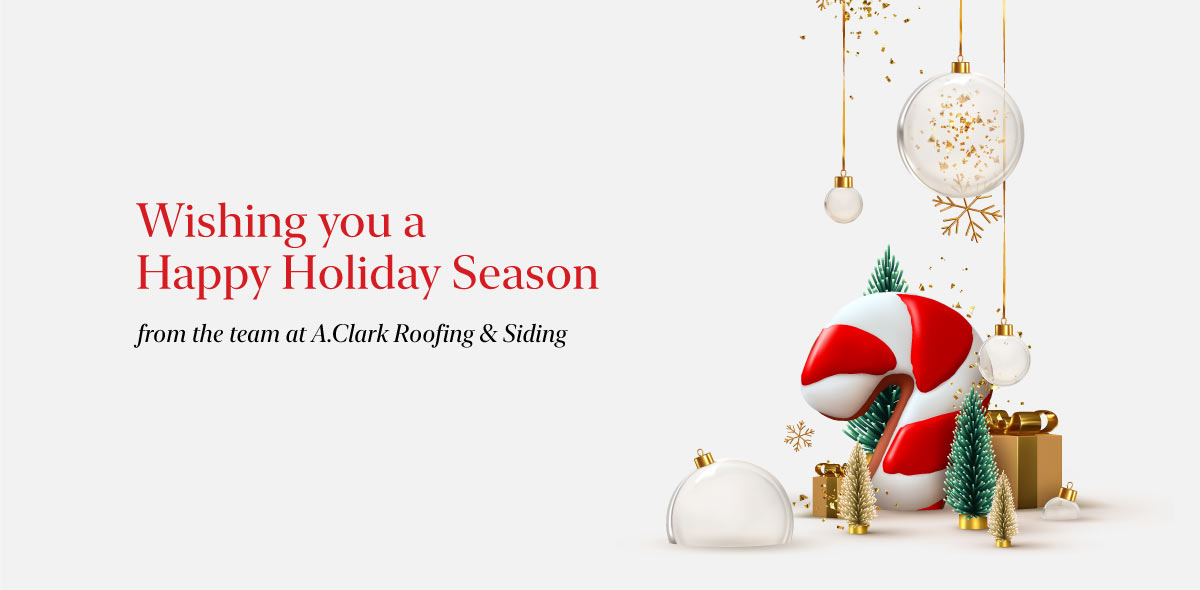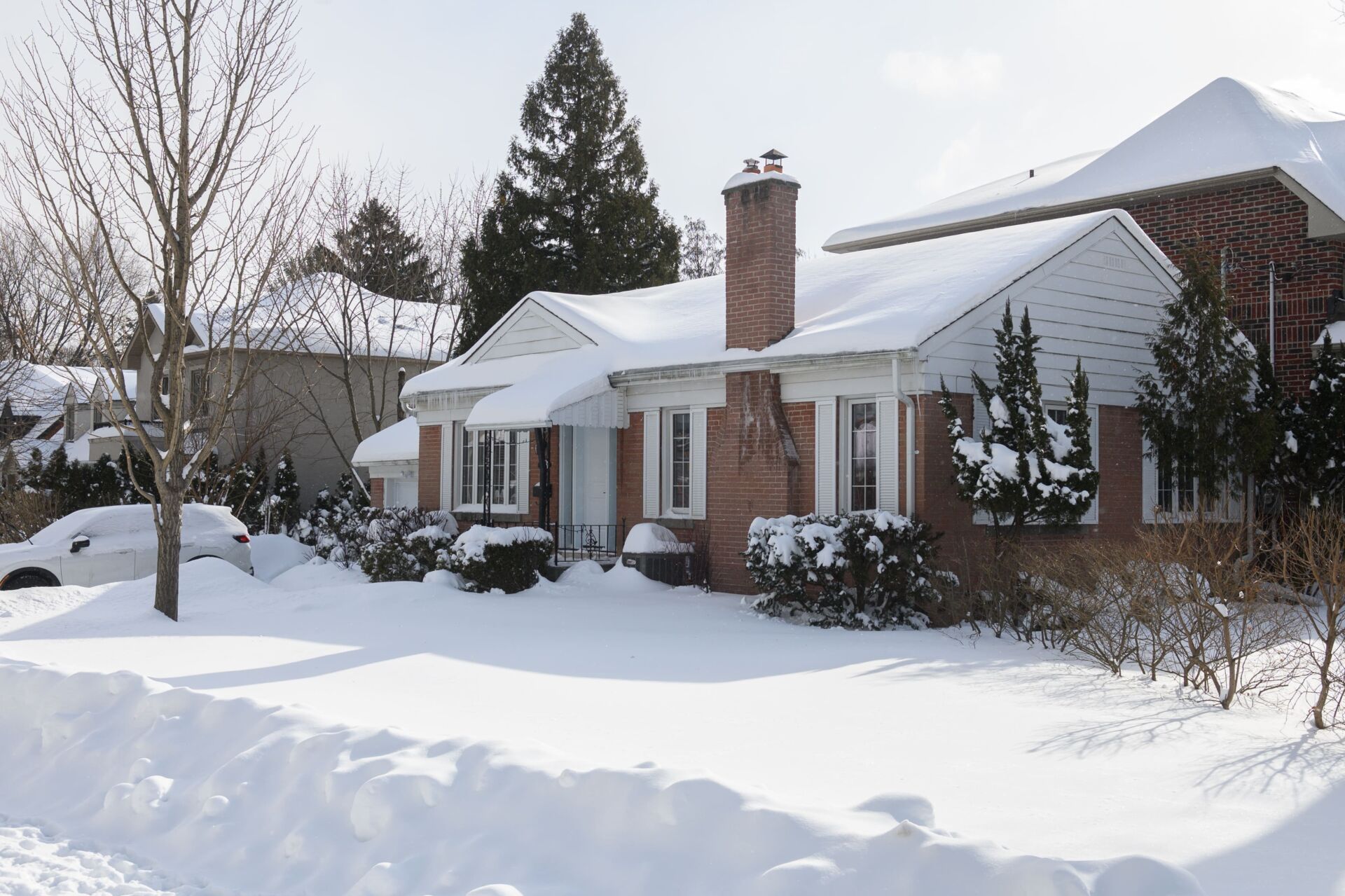If it’s time to replace your roof and increase your home value in the process, you might be interested in metal roofing. This durable and stylish roofing material is gaining popularity and provides an alternative to traditional asphalt shingles with numerous different styles and colors to suit your home.
Your home likely has an asphalt shingle roof right now, which means replacing your existing roofing with a metal roof requires either removing the shingles first, or covering them with a new metal roof. But which is better?
Can a metal roof be installed over shingles?
In most residential homes, asphalt shingles can be covered with a metal roof. But just because you can, doesn’t mean you should. Homeowners often ask this question because they want to save money or time. Or because they believe that there may be some benefits such as added protection or insulation. At first this might seem to make some sense, but installing a new metal roof over an old deteriorating product is not added protection, and never pays off over the long-term.
A good example of this way of thinking gone wrong was after a hail storm in Edmonton in the 1970s. After this event, insurance companies approved shingling over existing roofs to save on roofing costs. They subsequently found that the roofs had to be replaced or fixed, sometimes after only 5 years, because of the way the product looked, aged or functioned.
Things to consider if you’re thinking about installing a metal roof over shingles:
Building Codes:
Building codes in your region may not explicitly state that you can or cannot install a metal roof over existing shingles, but that doesn’t mean you should. Older roofs may not be up to snuff and since the material has degraded or is out of date to current codes or standards, you may be skipping an important step by not installing proper eave, valley and intersection protection, with adhesive membranes, and proper underlays. You can’t simply install adhesive membranes or underlays on top of existing roof systems, hence the need to start from a clean slate. This is true when considering how these roll products work, and how the manufacturer states it should be applied.
Product Specifications:
When looking at product specifications of sheet metal roofs, there generally aren’t any product specifications or warranties relating to this topic as sheet metal is formed as per the job’s or the roofing company’s specifications. The only warranties that exist are workmanship and coatings/paint. Otherwise, we must look at best practices and what all is wrong with the idea of installing metal on top of old roofing products.
All manufacturers of roofing products do not allow for their product to be installed over top of existing roofing products and state that the surface must be structurally sound, clean and free of defects and installed in combination with a full roof system in mind such as proper ventilation, water shedding and moisture control.
Effective Protection and Durability of Your Roof as a System:
Deteriorated Roofs: With deteriorated roofs, since you can’t install new adhesive membranes or underlays, and because the product itself is deteriorating, water entry or condensation issues could prove harmful to your house, especially around the eaves, in valleys and around walls, chimneys and other intersections or penetrations. Some of the most vulnerable areas on a roof are the ones where shingles deteriorate the quickest.
Another key point to consider is that underneath all that, there may be existing wood rot or damage to your roof deck that may need to be addressed prior to installing a new system, especially at focal points of snow, ice and water such as the eaves, valleys and intersections on your roof. If these issues are not addressed, you may be allowing a structural weakness or rot to compromise a very expensive system meant to last a lifetime.
Roof Decking: When it comes to roof decks, if the roof deck does have integrity issues, there may be existing or potential for shifting and uneven surfaces where oil canning can then occur on your metal roof. If this happens, there aren’t a lot of easy or cheap fixes, and you’ll be stuck with an expensive roof with a poor quality look.
Oil Canning: Another issue that can cause oil canning is from an uneven surface on the roof deck or the unevenness caused by the existing and deteriorating roofing product itself. You’ll be missing out on the proper adhesive membranes, underlays, and healthy support from the roof decking. It’s also difficult to see if there are any problems underneath the surfaces that remain on the roof, as well identifying if there is any waterproofing protection underneath the metal surface, if there are any damages or water entry caused by storms, wind-driven rain, condensation, ice build up or other forms of water entry that can harm the roofing system.
One solution to these issues is to strap the roof with boards. This can eliminate some of the structural concerns but not all the risk, and it does not alleviate any of the issues resolved with adhesive membranes and underlays. It also costs extra and thus reduces the cost-benefit to the whole idea of not removing the old product in the first place.
Installing a metal roof
To protect yourself and your home, it is always recommended to contract a professional for your roofing replacement or installation needs. A. Clark Roofing & Siding has been trusted by Edmonton and Calgary area homeowners for more than 60 years to help you get the most return on your investment. The experts at A. Clark will ensure your roof is built to last using the following steps:
- Roof inspection: We take a close look at your roof deck (sheathing), underlayments (ice and water membranes and synthetic membranes and the shingles themselves. This ensures your roof is suitable for covering with metal roofing, and addresses and leaks or damage concerns. Once the roof is installed, it can be costly to fix these issues, so you want to make sure everything under your new metal roof is in good condition.
- Preparation: Any external vents, trims or openings must be removed from your roof and carefully integrated back into the new metal roof. An additional layer may be required in this step.
- Install cover and metal panels: The metal pieces will be carefully laid to optimize aesthetic and functional use; Screws can be installed either on the flat surface of the roof panel or raised ridges.
- Add finishing pieces: Installing the edge pieces, closure strips and attaching gutters keeps water from entering your home and finishes your roof off!
Contact A. Clark Roofing & Siding for professional assistance with your roof
To get started on your roof project or to learn more about metal roofing, contact the professionals at A. Clark Roofing & Siding for a free quote. With more than 60 years’ experience installing Edmonton and Calgary roofs, we are here to help ensure your roofing replacement adds to your home value and can provide quality installation and roof repair and maintenance services, for both metal and shingle roofing.
